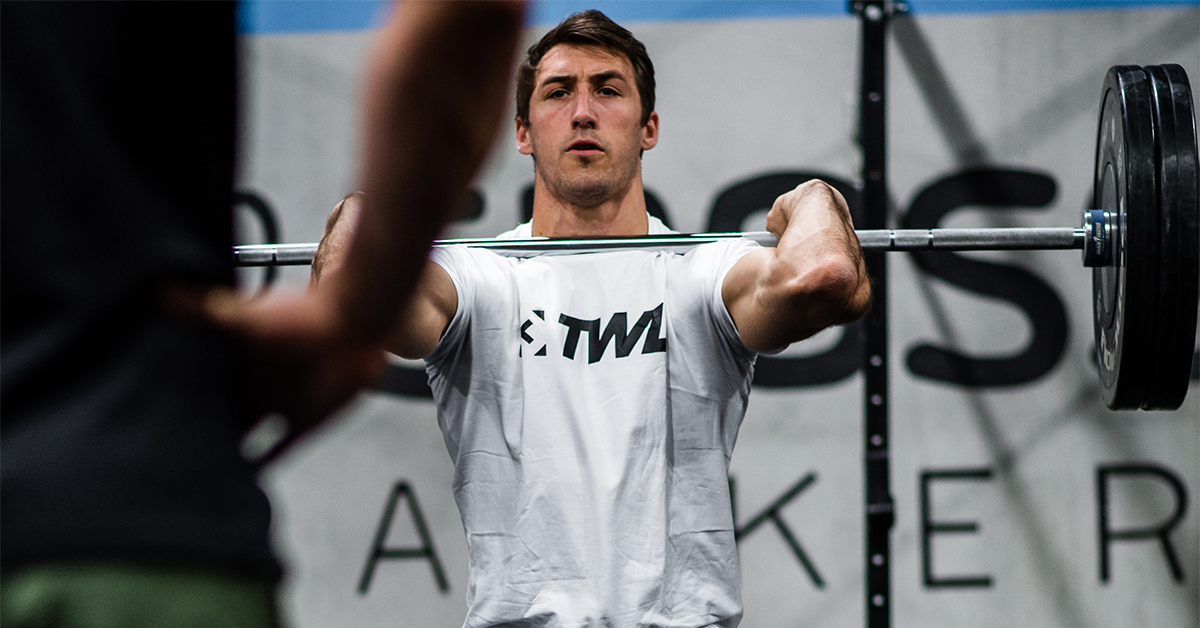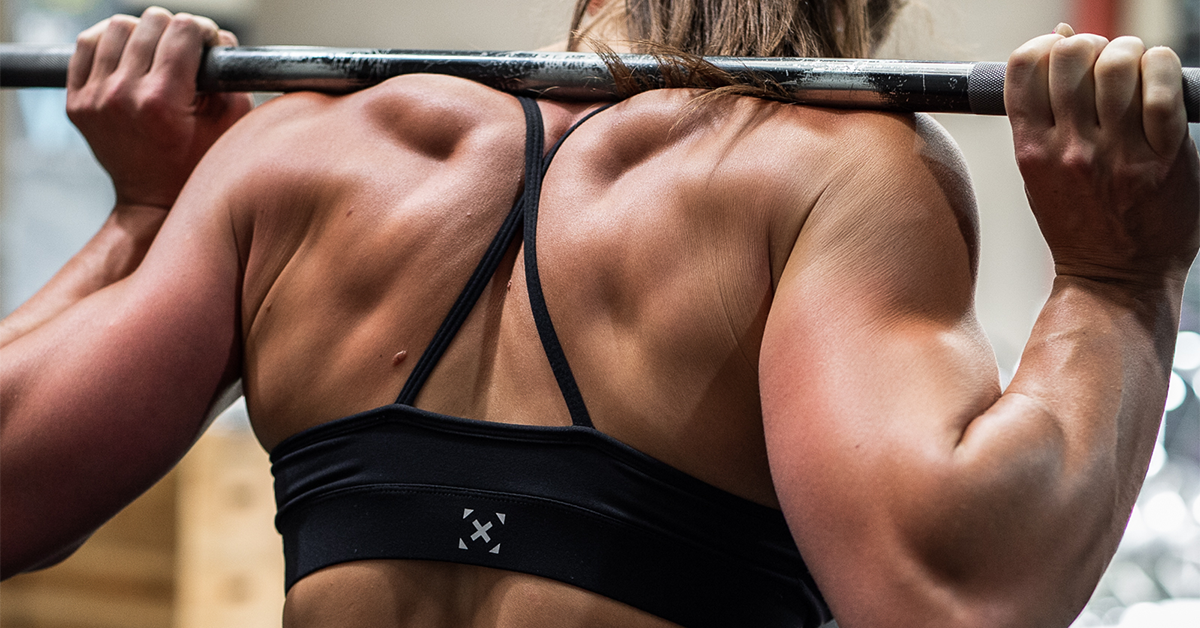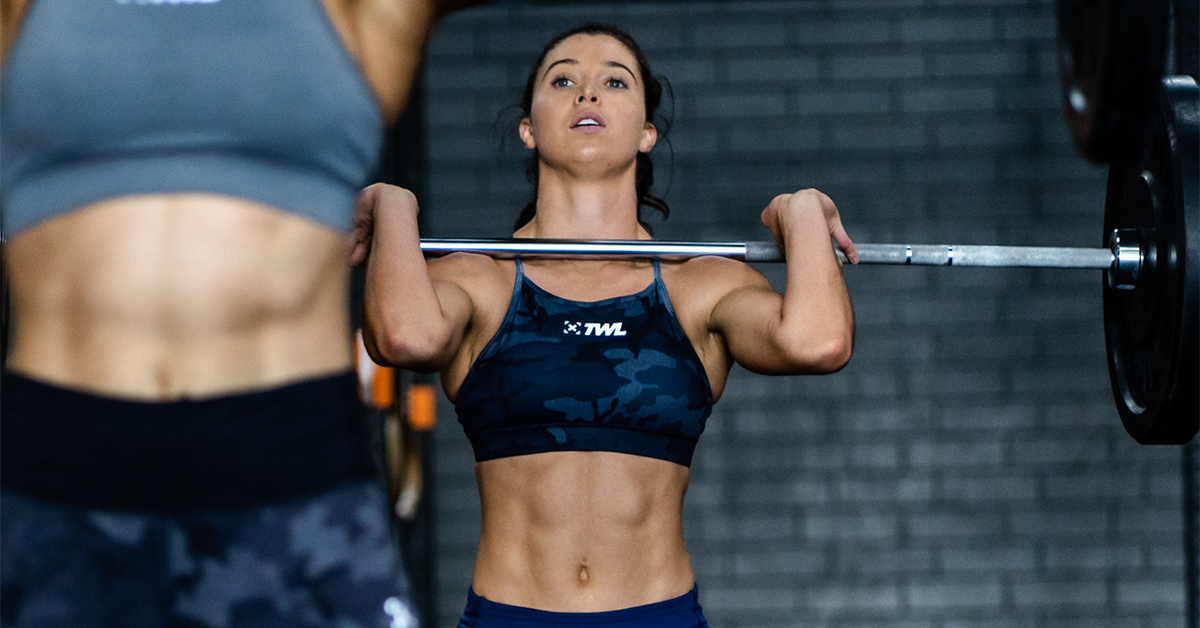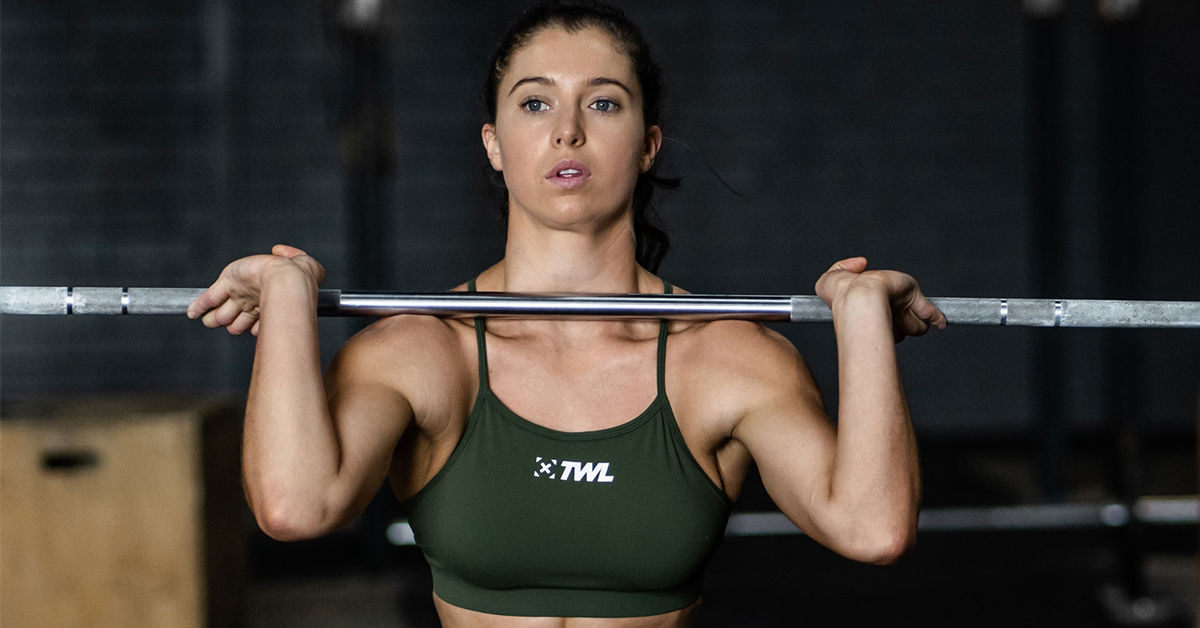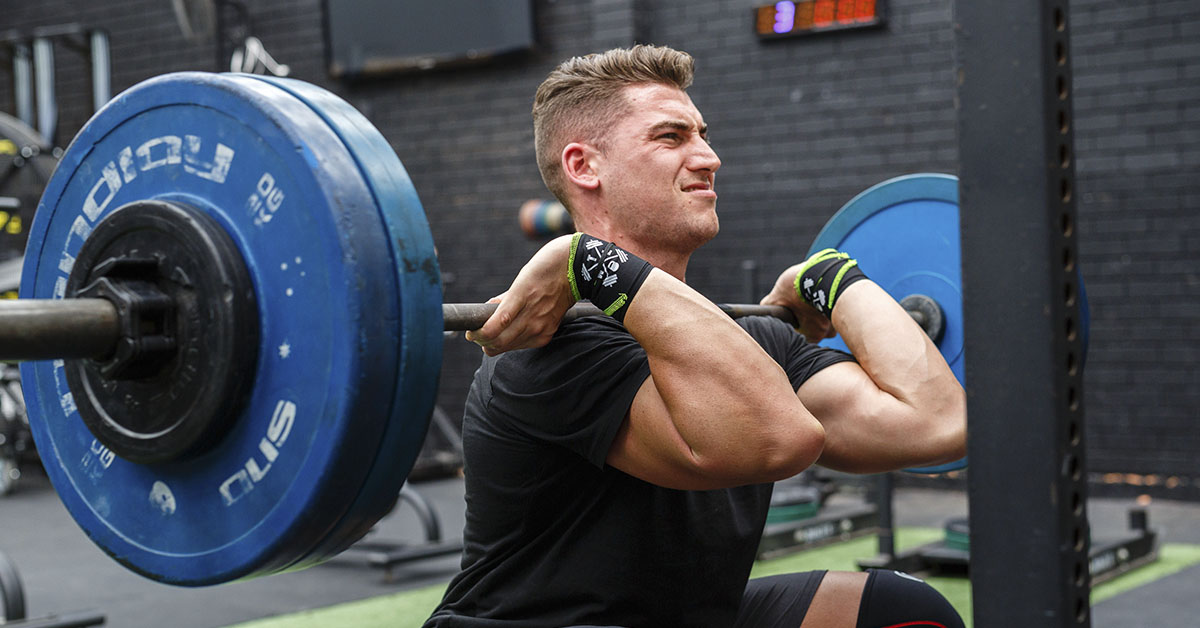Any squat variation you try is going to be a compound movement. In fact, squats are practically a full-body workout. But what specific muscles do they trigger? In this blog, we’re going to talk about the front squat muscles worked and where you stand to benefit the most.
Front Squat Muscles Worked: Where You Should Feel the Burn
For now, we’re not going to go through how to perform a front squat. If you’d like help with that, see our front squat ultimate guide. Let’s get into which muscles (and muscle groups) the front squat targets.
By the way, if you’re looking to gear up for front squats, here are a few of our best recommendations.
Shop Now
Quads
This one’s a biggie for front squat muscles worked. While all squats are going to challenge your quads, front squats do perhaps more so. This is because of where you hold the barbell. Since it’s in the front of your body, your center of gravity moves forward. So, the front squat is going to be slightly more dominant than, say, the back squat.
On a related note, we want to mention that front squats also place more demand on your knees. Squat mobility is more important here, and your knee flexion increases. In other words, the knee needs to be able to bend more than it does in the back squat. So, you can expect front squats to especially challenge the knee joint. (Knee sleeves will really come in handy here.)
Psst! Don’t forget to read our blog on the front squat vs back squat. It’ll help you understand the main differences.
Glutes
Your glutes are a muscle group that you don’t always feel working, but they’re constantly engaged. (Or, they should be, at least. Check out our blog on glute activation exercises.)
When we talk about the glutes, we’re really referring to the gluteus medius, gluteus minimus, gluteus maximus, and piriformis. These are the muscles that make up your bum. They’re partly responsible for helping you resist gravity. One of the reasons you can lower into the bottom of your squat under control — as opposed to just crashing down — is because your glutes are resisting the weight. And it’s the same thing when you stand up out of the bottom of your squat.
There’s a reason why squats are one of the best booty-builders.
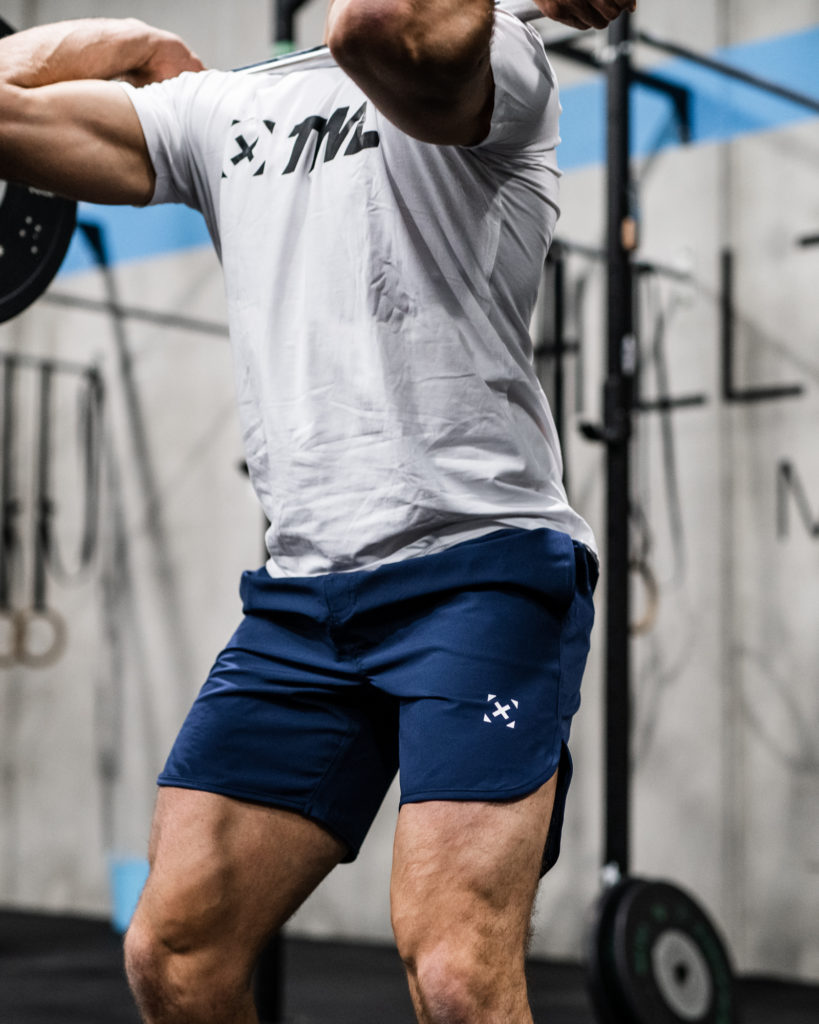
Hips
There’s a lot going on with your hips, which is why they play such a big role (and also why they’re a common site of injury). Your adductors, abductors, psoas, and piriformis are all connected in this area. Similar to the glutes, your hips help pump the brakes as you’re descending to the bottom of your squat, and they then help you get out of the hole, meaning that they’re one of the front squat muscles worked.
Hamstrings
While front squats don’t depend on the posterior chain as much as back squats, the back of your body is absolutely still engaged. Imagine that, as you squat, you reach back and place your hands on your hamstrings. (You could actually do this with a bodyweight squat and probably feel it.) As you bend your legs and those muscles stretch with tension, you’re going to feel your hammies kick into gear.
Spinal Erectors
Your erector spinae are muscles that run up and down your back. Very often, when you experience tightness in the area, it’s because of these muscles.
Your spinal erectors are some of the front squat muscles worked because they help you to keep your chest upright and elbows high. If you were to turn these muscles off, you’d probably collapse.
Upper Back
We’ve said before that in large part, front squats are an upper back workout. Again, this comes down to needing to keep your upper body upright. Without maintaining the tension in your upper back, your shoulders will round, your elbows will droop, and you’ll ultimately drop the barbell.
Core
When you think of working your abs, your mind might immediately go to sit-ups and crunches. But squats are a huge core workout! To be clear, almost everything is impossible without the use of your core — even walking and sitting. However, your core plays a big role in front squats because without it, you wouldn’t be able to support the weight of the barbell. In fact, you couldn’t perform a bodyweight squat without your core. You’d collapse forward.
This is why when it comes to heavier weights, some athletes wear a weightlifting belt. It provides extra support and stability around their core.
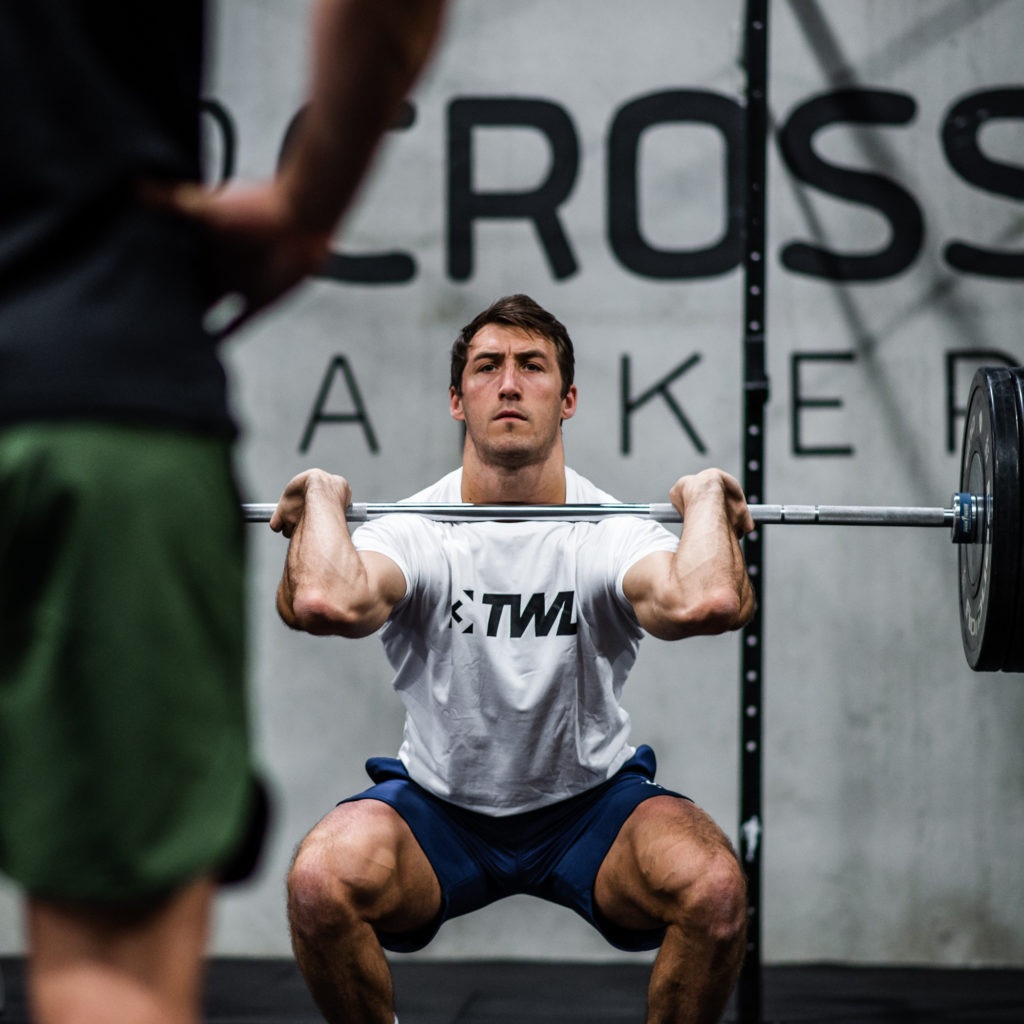
Pecs
You might not really feel this one, but rest assured that your pecs are one of the front squat muscles worked. It mostly comes from pushing your elbows up against the barbell. In fact, if you mimic this movement right now (even without a barbell), you’ll likely feel your pecs engage.
The same can be said for your…
Shoulders and Arms
Again, resisting the barbell so that it doesn’t collapse on you requires your shoulders to resist that weight. While a front squat might not build strength here like something like a strict press might, the muscles of your shoulders and arms are still engaged.
By the way, if you’re having trouble getting into the front rack position, check out our blog on front squat wrist mobility. Also, you might find wrist wraps beneficial in protecting the joint and providing extra stability.
So, do you see why we say that front squats are a full-body workout? This is why we love compound movements. Especially if you’re in a hurry and need to squeeze a workout in fast, squats are always a good go-to. They pack a big punch and target much of your body, from head to toe. As always, focus on form, never sacrifice technique for the sake of weight or reps, and over time, you’re going to notice a huge difference in your strength and physique thanks to front squats.

